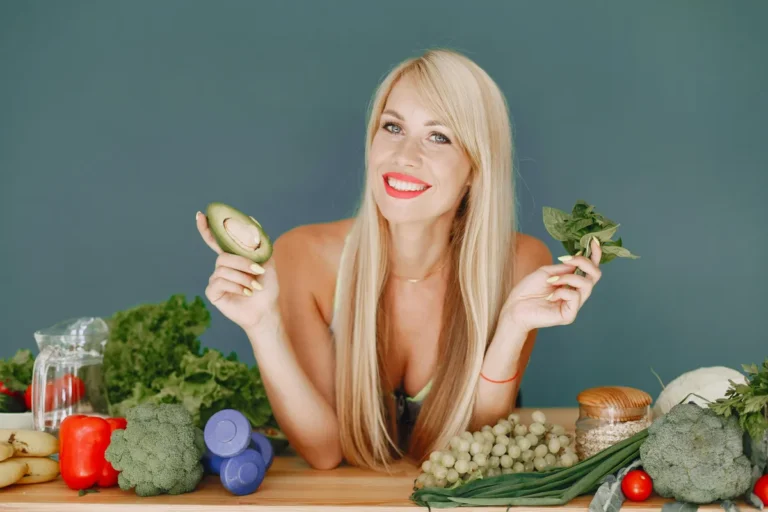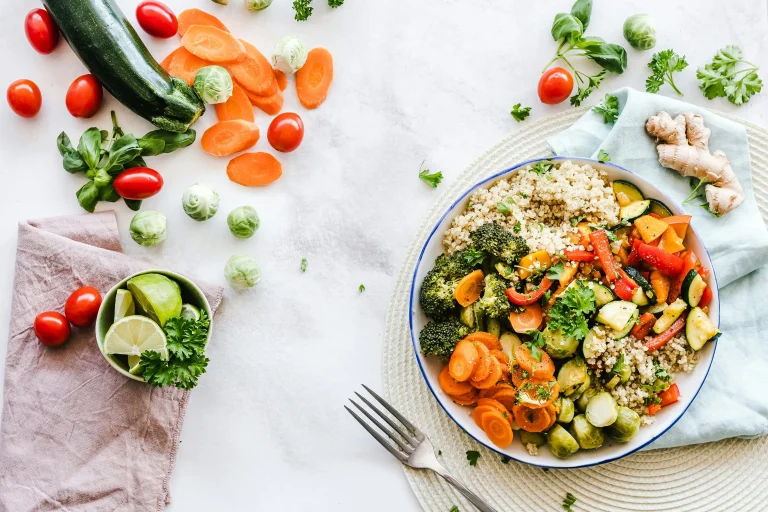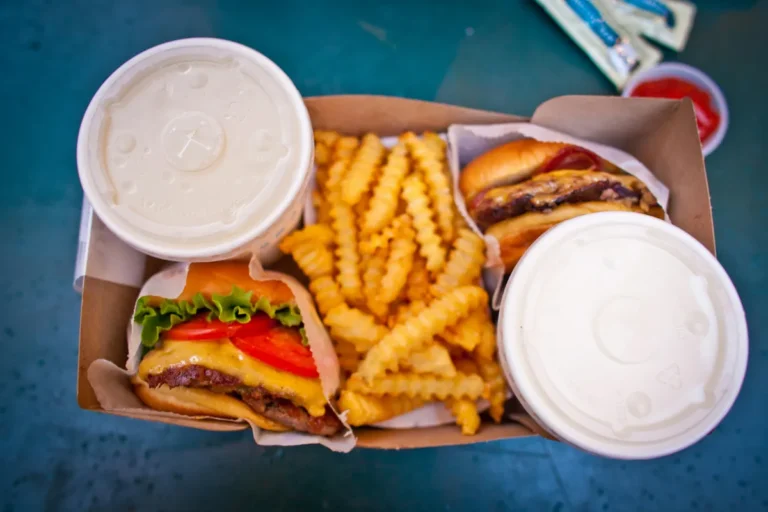Every few months, a new food seems to earn the label “superfood” blueberries, kale, quinoa, chia seeds, avocado… the list keeps growing. You’ll see them splashed across smoothie menus, health blogs, and supermarket labels promising everything from glowing skin to boosted immunity.
But here’s the question: Are superfoods truly magical, or is it mostly clever marketing?
Let’s separate the hype from the facts and explore what really makes these foods “super” and how you can enjoy their benefits without falling for the buzzwords.
What Makes a Food “Super,” Anyway?
The term superfood isn’t a scientific classification it’s a marketing concept. No official health organization defines what makes something a superfood.
Typically, the label refers to foods that are rich in nutrients such as antioxidants, vitamins, minerals, and healthy fats. They’re often plant-based, but not always. Think of salmon (omega-3s), berries (antioxidants), and nuts (healthy fats and protein).Your Weekly Wellness Boost
The problem? Many everyday foods share these same benefits they just don’t come with the fancy label.
For example, apples, oats, and lentils are nutrient powerhouses, too. But you don’t often see them trending on Instagram.
Quick takeaway: “Superfood” is a catchy word, not a scientific one. Look for balanced variety, not hype.
The Science Behind Superfoods: What We Know (and Don’t)
Let’s be clear: many of the foods called superfoods are healthy. Blueberries, for instance, are high in anthocyanin compounds that may help reduce oxidative stress. Kale is packed with vitamins A, C, and K. Chia seeds are a great plant-based source of omega-3s and fibre.
However, eating one “superfood” won’t offset an otherwise poor diet. No single ingredient can “detox,” “cleanse,” or “boost” your health on its own.
Research consistently shows that overall dietary patterns matter far more than any single food. The Mediterranean diet — rich in fruits, vegetables, nuts, olive oil, and fish is a great example. It’s not built around one miracle ingredient but a balance of many nutrient-dense foods.
Quick takeaway: Superfoods can be part of a healthy diet, but they’re not magic bullets.
The Hidden Cost of Superfood Hype
Another downside to the “superfood” craze? It can make healthy eating feel expensive and exclusive.
Quinoa, goji berries, or acai bowls can cost far more than local, equally nutritious options like brown rice, blackberries, or spinach.
Global demand for trendy foods can also strain ecosystems and farming communities. For example, the popularity of avocados and quinoa has led to overfarming and price increases in some regions where these foods are staple crops.
Quick takeaway: Eating well doesn’t have to mean chasing imported or exotic ingredients. Local, seasonal produce can be just as if not more “super.”
Everyday Foods That Deserve More Credit
If you’re after real “food heroes,” look no further than your kitchen cupboard.
Here are a few everyday staples with big nutritional benefits:
- Oats: High in beta-glucan fibre, which helps lower cholesterol.
- Beans and lentils: Packed with plant-based protein, fibre, and iron.
- Carrots and sweet potatoes: Loaded with beta-carotene for eye health.
- Broccoli: A cruciferous vegetable rich in vitamin C and folate.
- Apples: Contain pectin fibre and powerful plant compounds that support gut health.
You don’t need to spend extra to eat well. Building a balanced plate with colour, texture, and variety is far more beneficial than obsessing over a few trendy foods.
Quick takeaway: Some of the most nutritious foods are the most ordinary and that’s a good thing.
How to Build Your Own “Super” Plate
Instead of thinking in terms of superfoods, think super combinations. Pairing foods can often enhance nutrient absorption and benefits.
- Vitamin C + Iron: Pair citrus or peppers with beans or spinach to boost iron absorption.
- Healthy fats + Fat-soluble vitamins: Combine avocado or olive oil with leafy greens to absorb vitamins A, D, E, and K.
- Whole grains + Legumes: Together they provide complete proteins and steady energy.
And remember: balance, moderation, and consistency are more important than any single “miracle” ingredient.
Your plate doesn’t need to look like a wellness influencer’s it just needs to nourish you in a sustainable, enjoyable way.
Quick takeaway: The most “super” diet is one you can stick to simple, balanced, and satisfying.
Final Thoughts
Superfoods are a great reminder that what we eat matters but they’re only one piece of the puzzle. The best approach to nutrition is variety over perfection.
Eat the rainbow. Choose whole foods most of the time. Enjoy your meals without guilt.
Because the real secret to eating well isn’t in a single food it’s in the everyday choices that nourish both your body and your relationship with food.






